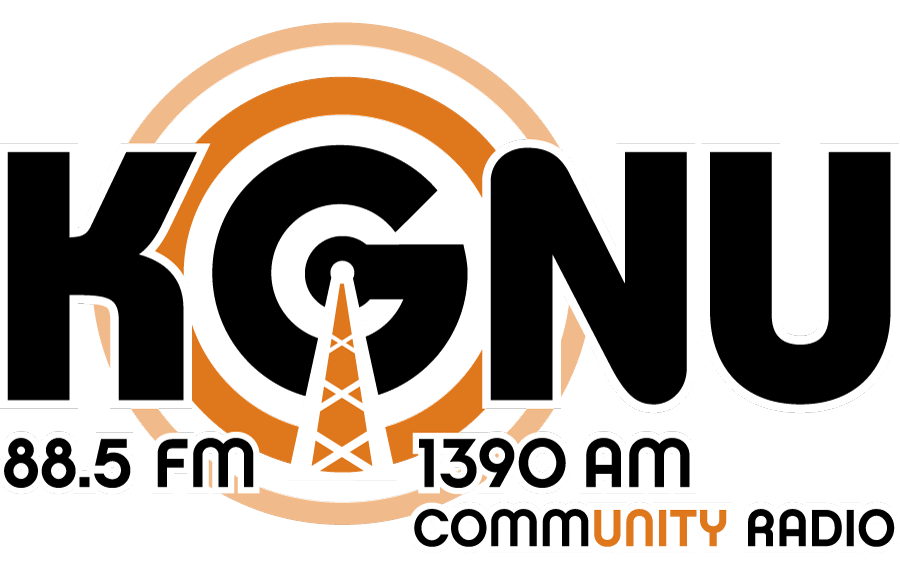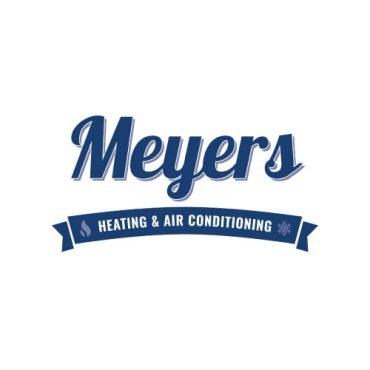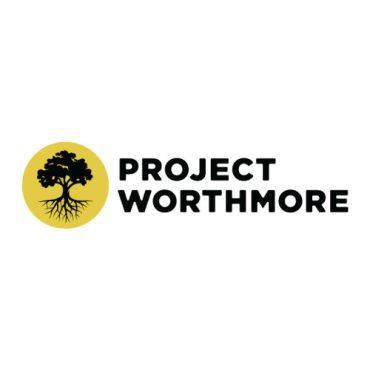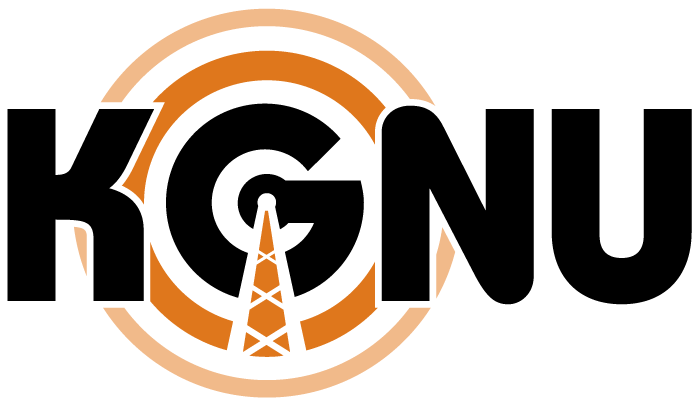“We need to have a much more robust system of work supports and public benefits than we have in this state.”
~Claire Levy, Executive Director of the Colorado Center on Law & Policy
Economic livelihood played a prominent role in a trio of studies recently issued by the Colorado Center on Law & Policy that explore how we measure poverty.
For decades, eligibility for assistance is determined by using a formula centered on whether one earns three times their costs for food, because that was considered 1/3 of the cost to live when the standard measure was developed more than five decades ago.
An alternative model emerging as a tool to measure poverty is called the Self Sufficiency Standard and its recipe is about what’s required to be income adequate, as well as employ variables like size of family and setting.
Claire Levy is Executive director at the Center and she told KGNU what most people refer to as the official poverty guideline really doesn’t reflect modern living.
The most sizable of the studies is the 2018 Self Sufficiency Standard for Colorado, it lists what’s deemed income adequate as well as how that varies from the rural to the urban.
Overlooked and Undercounted is a demographic assessment that asks how many Coloradans work full time and remain below the standard.
On the Road focuses on asset building as pathway to economic security.
All 3 studies were prepared by Diana Pearce, she’s acted as a director of the Center for Women’s Welfare at the University of Washington’s School of Social Work since 2002 and has focused her field of study on poverty and its impact for 22 years.


















